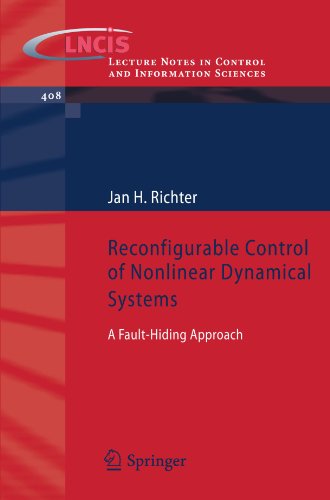

Most ebook files are in PDF format, so you can easily read them using various software such as Foxit Reader or directly on the Google Chrome browser.
Some ebook files are released by publishers in other formats such as .awz, .mobi, .epub, .fb2, etc. You may need to install specific software to read these formats on mobile/PC, such as Calibre.
Please read the tutorial at this link: https://ebookbell.com/faq
We offer FREE conversion to the popular formats you request; however, this may take some time. Therefore, right after payment, please email us, and we will try to provide the service as quickly as possible.
For some exceptional file formats or broken links (if any), please refrain from opening any disputes. Instead, email us first, and we will try to assist within a maximum of 6 hours.
EbookBell Team

4.7
96 reviewsThis research monograph summarises solutions to reconfigurable fault-tolerant control problems for nonlinear dynamical systems that are based on the fault-hiding principle. It emphasises but is not limited to complete actuator and sensor failures. In the first part, the monograph starts with a broad introduction of the control reconfiguration problems and objectives as well as summaries and explanations of solutions for linear dynamical systems. The solution is always a reconfiguration block, which consists of linear virtual actuators in the case of actuator faults and linear virtual sensors in the case of sensor faults. The main advantage of the fault-hiding concept is the reusability of the nominal controller, which remains in the loop as an active system while the virtual actuator and sensor adapt the control input and the measured output to the fault scenario. The second and third parts extend virtual actuators and virtual sensors towards the classes of Hammerstein-Wiener systems and piecewise affine systems. The main analyses concern stability recovery, setpoint tracking recovery, and performance recovery as reconfiguration objectives. The fourth part concludes the monograph with descriptions of practical implementations and case studies. The book is primarily intended for active researchers and practicing engineers in the field of fault-tolerant control. Due to many running examples it is also suitable for interested graduate students.